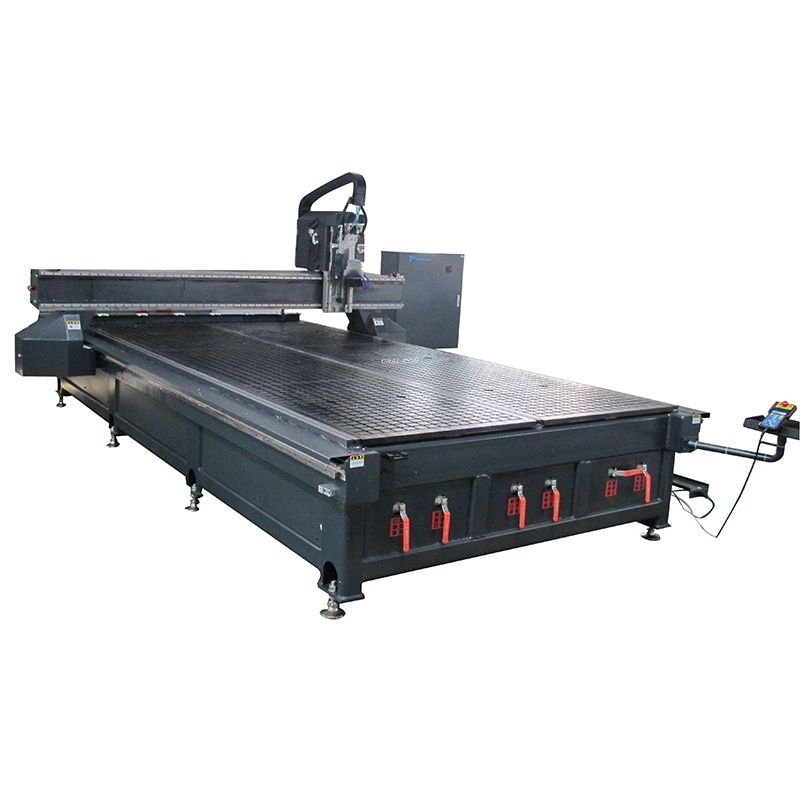
Working Principle of Aluminum Plate Engraving Machine
Design Phase:
Create detailed designs of the engraving items using Computer-Aided Design (CAD) software.
Convert the completed design into machine-readable code (usually G-code) using Computer-Aided Manufacturing (CAM) software.
Preparation Phase:
Secure the aluminum plate on the engraving machine's worktable, ensuring it is flat and firmly fixed to prevent movement during machining.
Select the appropriate cutting tools (e.g., milling cutters, drill bits) based on the type of engraving required.
Engraving Process:
Once the G-code is received, the engraving machine controls the cutting tool to move along specified paths on the X, Y, and Z axes.
The cutting tool rotates at high speed, engraving or cutting the aluminum plate along the predefined path.
Post-Processing Phase:
Clean the engraved area after completion to remove aluminum chips and other debris.
Inspect and evaluate the precision and quality of the engraving to ensure it meets design specifications.
Advantages
High Precision: Controlled by computers, it achieves extremely high repeatability and complexity, suitable for intricate and complex pattern engraving.
Increased Efficiency: Automation significantly boosts production efficiency, especially notable in mass production.
Flexibility: Easily adjust designs by changing programs to meet different production needs without replacing hardware.
Reduced Material Waste: Precise computer control optimizes material utilization, minimizing waste due to errors.
Low Labor Intensity: High automation reduces the need for manual operations, lowering the difficulty and intensity of labor.
Disadvantages
High Cost: Significant initial investment required, including the cost of machines, software, and related systems.
High Technical Requirements: Operating and maintaining an aluminum plate engraving machine requires specialized technical knowledge and training.
Maintenance Costs: Regular maintenance and calibration of the machine to ensure normal operation may involve additional costs and time.
Software Dependency: Production highly depends on software, and software failures can lead to production interruptions.
Noise and Safety Risks: The machine can generate considerable noise during operation, and improper handling may lead to safety incidents.

